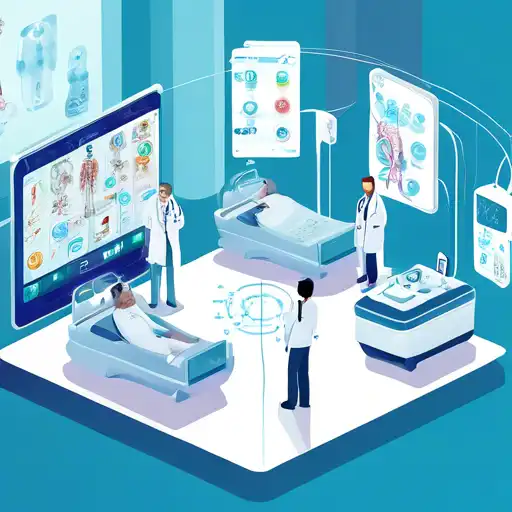Introduction to IoT in Healthcare
The integration of the Internet of Things (IoT) in healthcare is transforming the industry in unprecedented ways. By enabling devices to collect, analyze, and transmit health data in real-time, IoT technologies are improving patient outcomes, enhancing the efficiency of healthcare services, and reducing costs.
Key Benefits of IoT in Healthcare
IoT in healthcare offers numerous benefits, including remote patient monitoring, improved patient engagement, and streamlined operations. Below are some of the key advantages:
- Remote Patient Monitoring: IoT devices allow healthcare providers to monitor patients' health remotely, reducing the need for hospital visits.
- Enhanced Patient Engagement: Wearable devices and mobile apps encourage patients to take an active role in managing their health.
- Operational Efficiency: IoT solutions automate various administrative and clinical processes, saving time and resources.
Challenges and Solutions
Despite its benefits, the adoption of IoT in healthcare faces challenges such as data security and interoperability. However, advancements in encryption technologies and the development of universal standards are addressing these issues.
Future Prospects
The future of IoT in healthcare looks promising, with innovations like AI-powered diagnostics and blockchain for secure data sharing on the horizon. These technologies are expected to further revolutionize patient care and healthcare management.
Conclusion
IoT in healthcare is indeed a game changer, offering solutions that improve patient care, enhance operational efficiency, and pave the way for future innovations. As the technology evolves, its impact on the healthcare industry will only grow stronger.
